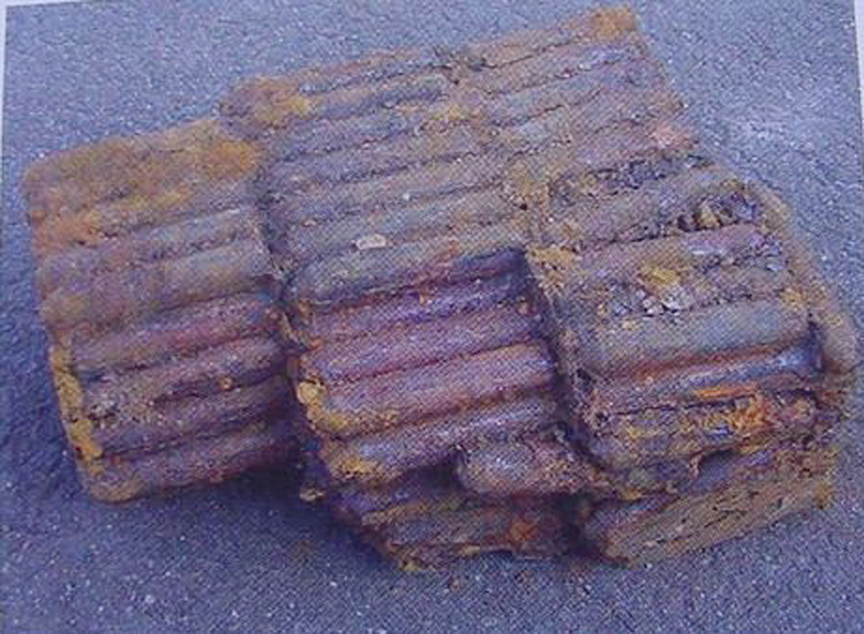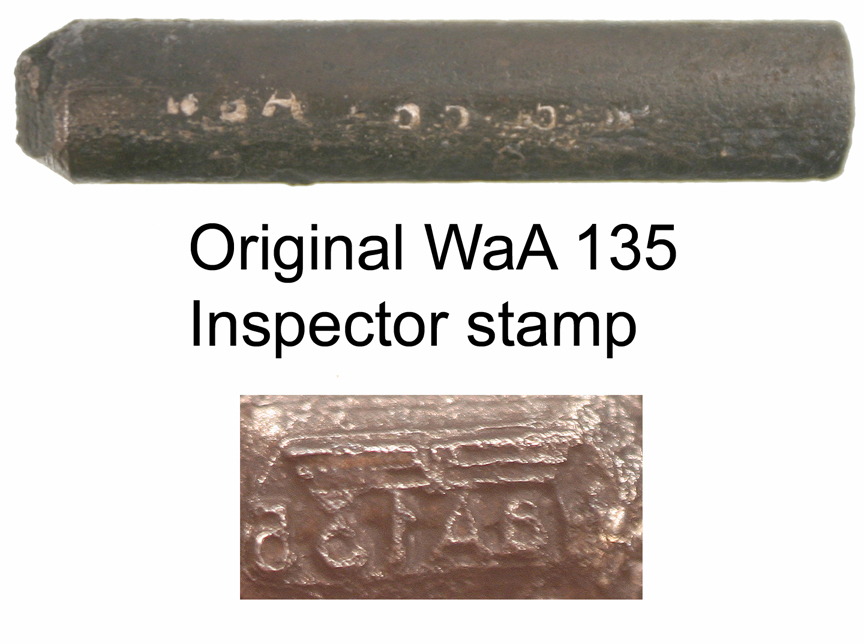
The noted researcher Jan Balcar gave me this information
The basis of die production is to form a stencil with an engraved image in which that part of the stamp is to be shaped. The image is engraved in reverse, in the necessary size and shape, into a steel plate using unhardened tool steel. After the engraved image is finished (it can be done either by hand or with a machine), the plate is hardened; we call it a matrix, or master plate. The die itself also is manufactured from tool steel. The die is heated to a forging temperature (800 to 1,200 degrees C.) and is pressed into the hardened master plate; a negative and reversed casting then develops. It is necessary to work fast so that the die does not cool, allowing the master plate to become soft. The stencil must be cooled between the manufacturing of particular dies. After cooling down, the unfinished die is still soft and can be worked on with common tools. The die is in the rough form of the shaped symbol; then the sides can be formed and the final details can be completed with small files. After this, the hardening of the die takes place and the work is finished. Different dies, manufactured from the same master plate, can differ; however, the position and form of the symbols always agree.
Here is what the bundle of dies looked like that were hidden in a wooden box in a sewer in German. A crew came out to clear the obstruction and found a rotted wood box and dies.

Here is what one of the dies lookes like after being removed from the bundle and cleaned up
